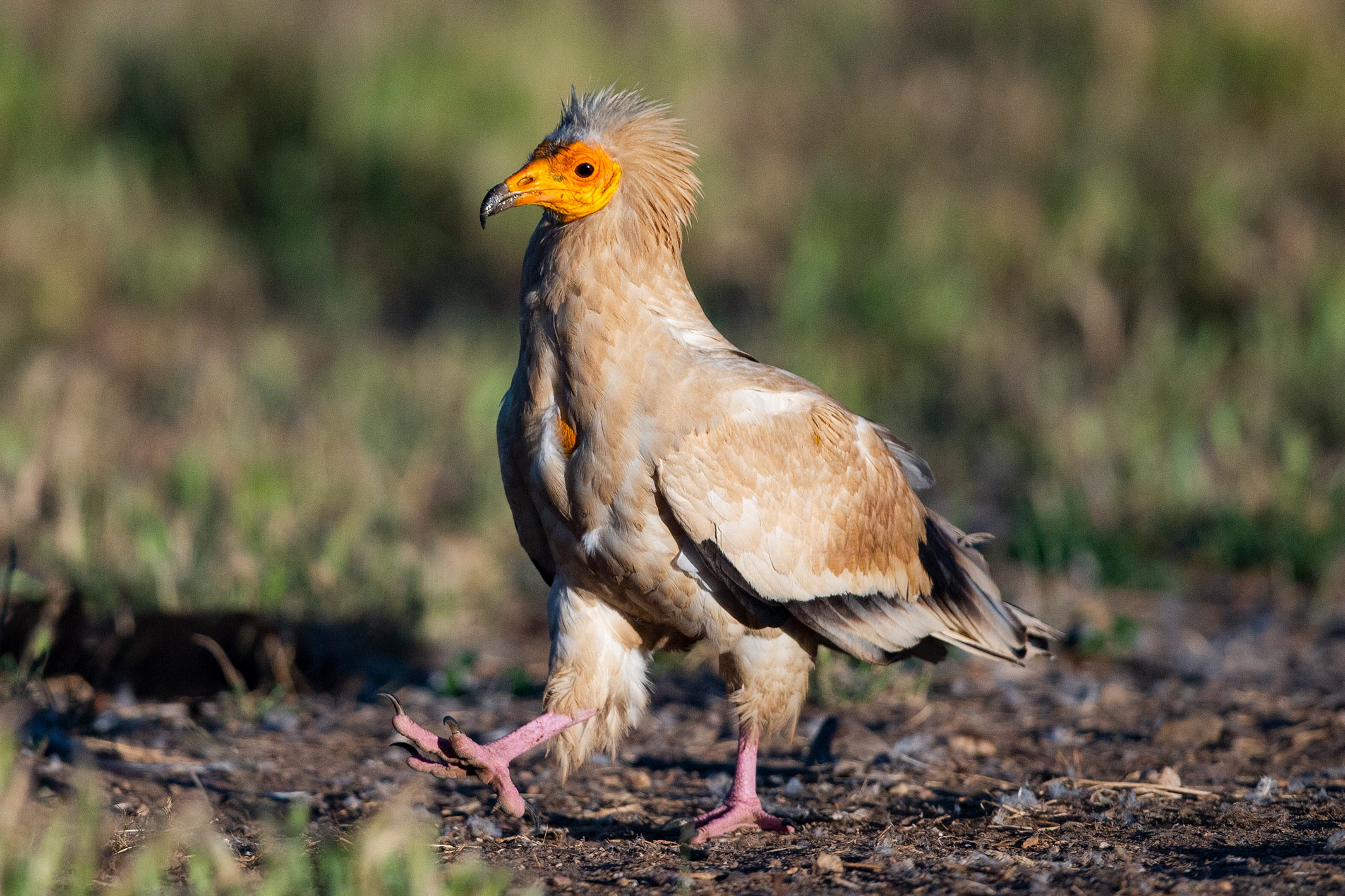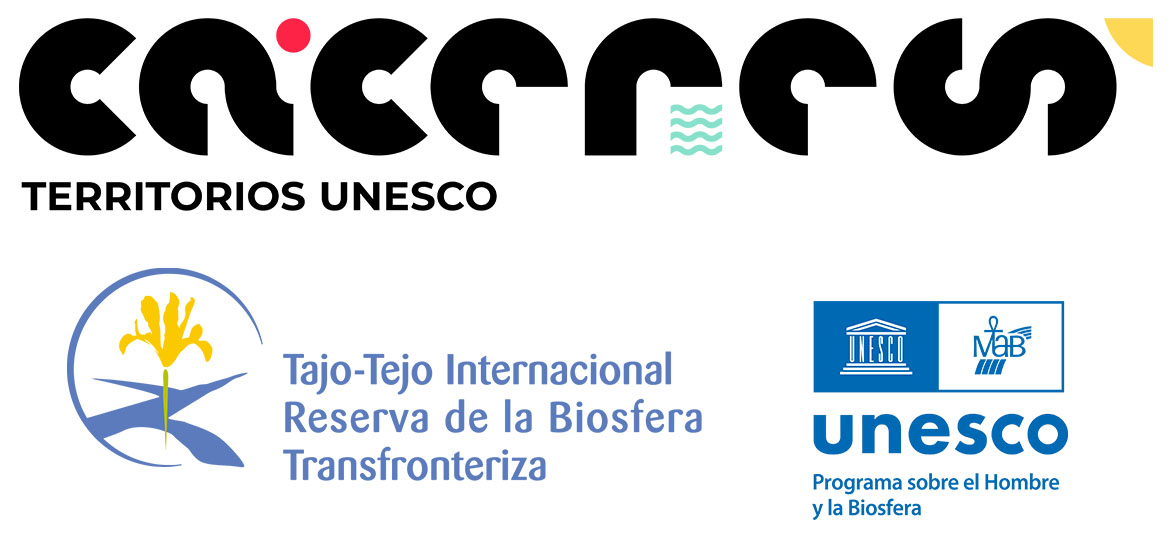Birdwatching at Tajo Internacional
The Cross-border Biosphere Reserve is a veritable paradise for birds appreciated by professional ornithologists and by enthusiasts and nature lovers alike. The nature reserve and the biosphere reserve have seven ZEPAs which are a real spectacle of diversity in addition to the “Charca de Brozas” Periurban Conservation and Leisure Park, a privileged site which is very popular with birdwatching enthusiasts because of its easy access and the number and variety of species which can be seen in it.
Over three hundred species of birds are found in this environment, some of which are in danger of extinction. For this reason the territory has seven Special Bird Protection Areas (Zona de Especial Protección para las Aves, ZEPAs) thanks to its clean air, its geography, and its abundant wetlands.
In the territory there are companies specialising in ornithology which accompany the visitor to help him or her to find the most sought-after birds from hides on private estates or from points located by these expert guides. Club Birding in Extremadura.
ZEPA of River Tajo Internacional and its banks
A border space shared with Portugal which is strongly associated with its aquatic habitats as it follows the course of the Tajo and its main tributaries the Erjas, Sever, and Salor. It coincides to a large extent with the surface area of the Tajo Internacional Nature Reserve and consists of three ecosystems: rocky places, riverbanks, and dehesas. Here we can observe the black stork, the Egyptian vulture, the Spanish imperial eagle, the black vulture, Bonelli’s eagle, and the black wheatear, among others.
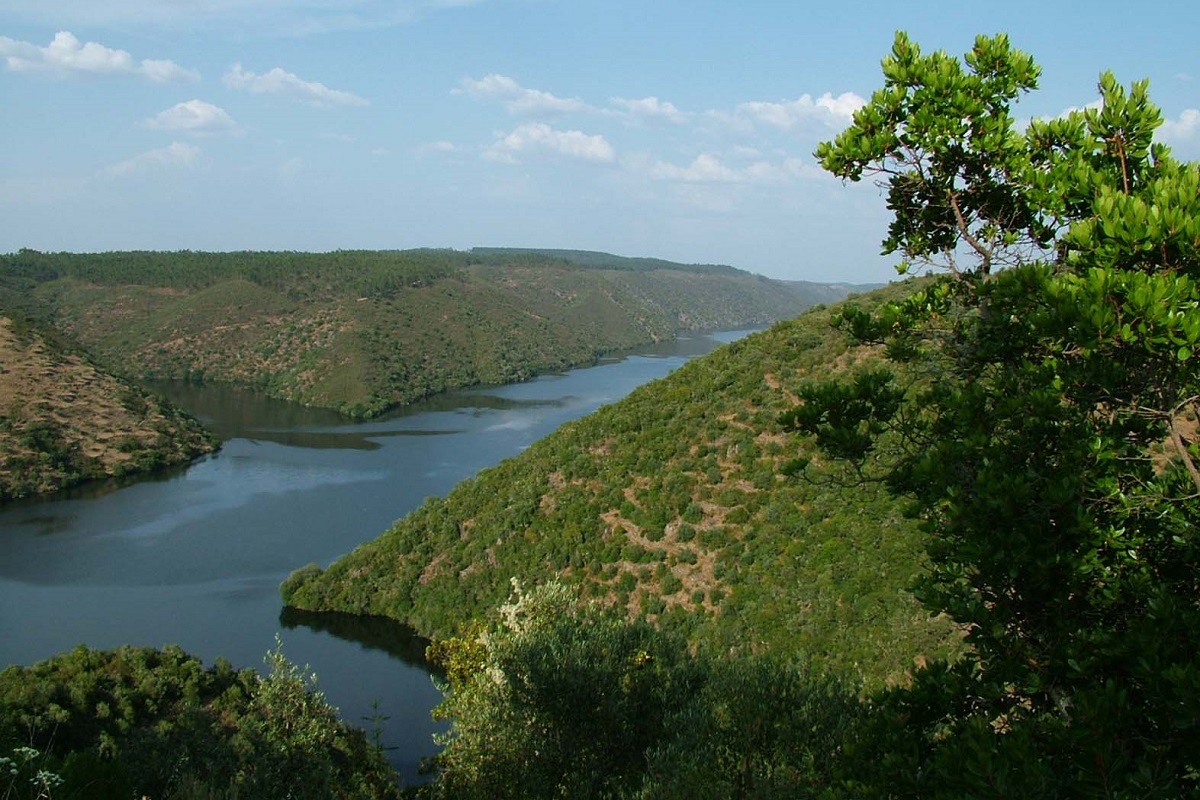
Sierra de San Pedro ZEPA-ZEC
This ZEPA covers a series of sierras in western Extremadura which are more or less parallel and practically create a border between the provinces of Cáceres and Badajoz. In these uplands we can observe populations of the black stork, Egyptian vulture, Spanish imperial eagle, Bonelli’s eagle, and in particular the black vulture.
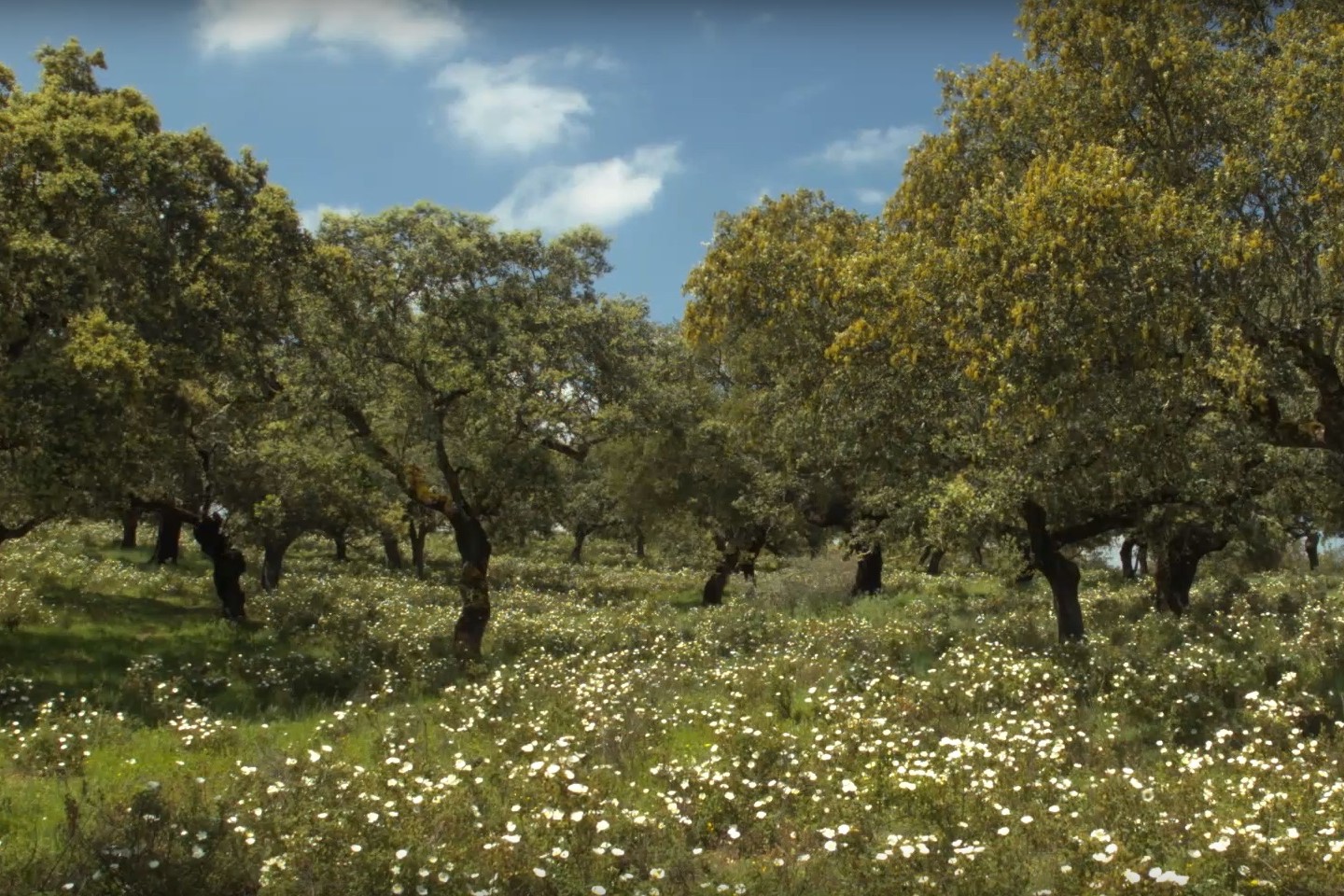
Llanos de Alcántara y Brozas ZEPA-ZEC
The area between the Rivers Tajo and Salor has been declared a Special Bird Protection Area (Zona de Especial Protección para las Aves, ZEPA) and a Special Conservation Area (Zona Especial de Conservación, ZEC). The landscape consists of wide extensions of meadows, dry pastures, and broom with gentle gradients furrowed by a multitude of small streams and pools. These waters are the haunt of the Spanish pond turtle but the real stars are the steppe birds (great and little bustards, pin-tailed and black-bellied sandgrouse, and stone curlew; and Montagu’s, hen, and marsh harriers, among others).
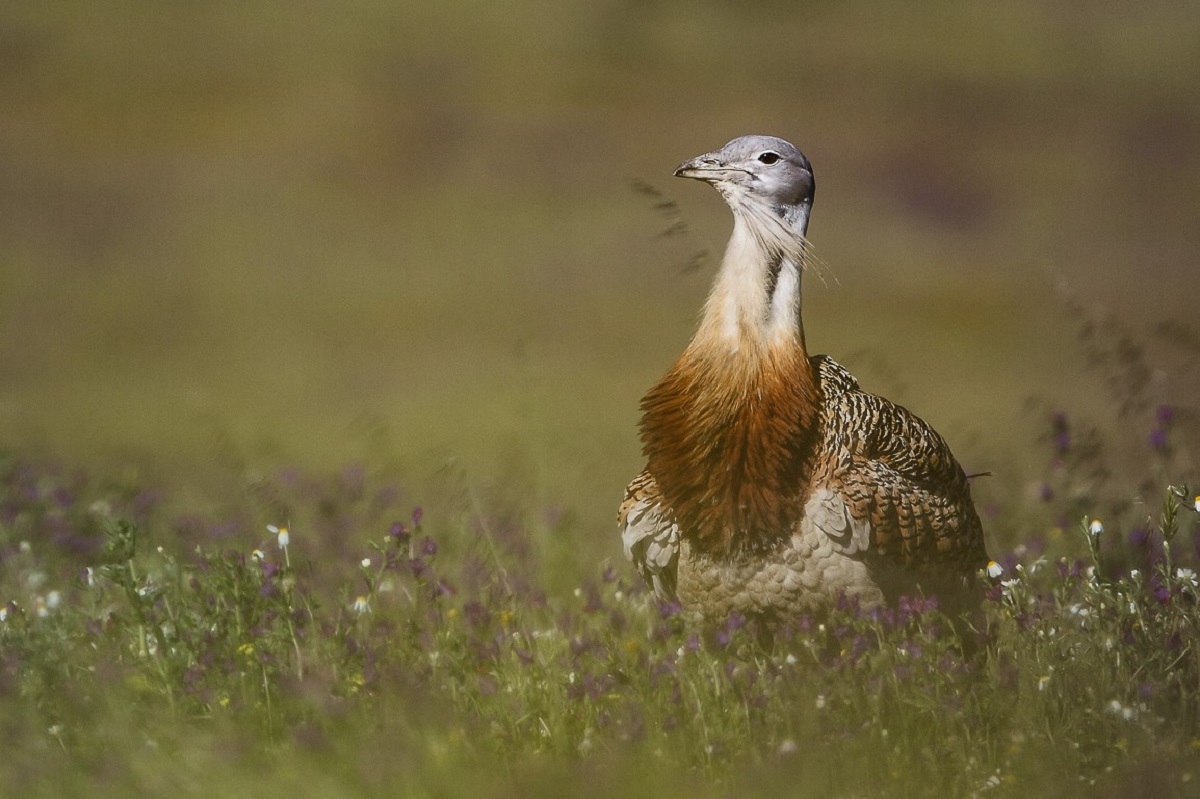
ZEPA Embalse de Alcántara
This is one of the reservoirs with the greatest capacity in Spain and in Europe. This habitat attracts concentrations of birds of international importance, among which stand out griffon vultures, Bonelli’s eagle, Egyptian vultures, black storks, and also important concentrations of aquatic birds linked to the reservoir.

Brozas Reservoir ZEPA
This wetland of the municipal district of Brozas has been declared a ZEPA owing to its great variety of aquatic avifauna. As far as reptiles are concerned the Spanish pond turtle stands out. In the case of birds this ZEPA is noted for its cattle egret colonies, the winter concentrations of cranes, and the presence of the tufted duck which is classed as being endangered.
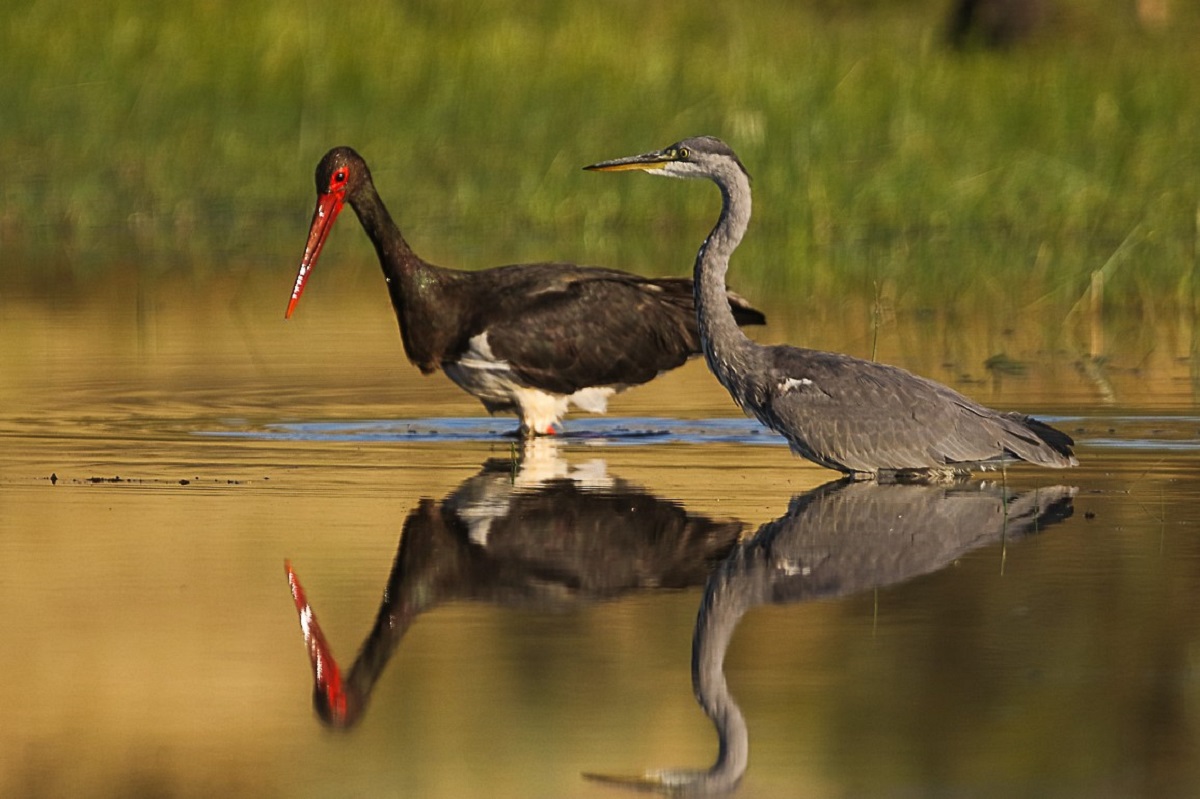
ZEPA of lesser kestrel colonies in Brozas
This ZEPA is linked to the existence in the built-up area of Brozas of a colony of some 40 breeding pairs of lesser kestrels (Falco naumanni). These birds use noteworthy buildings, generally churches, convents, and mansions, for breeding and make their nests in the putlog holes of the façades. The extensive plains surrounding the town, which are part of the Llanos de Alcántara y Brozas ZEPA-ZEC, serve as feeding grounds for the species.
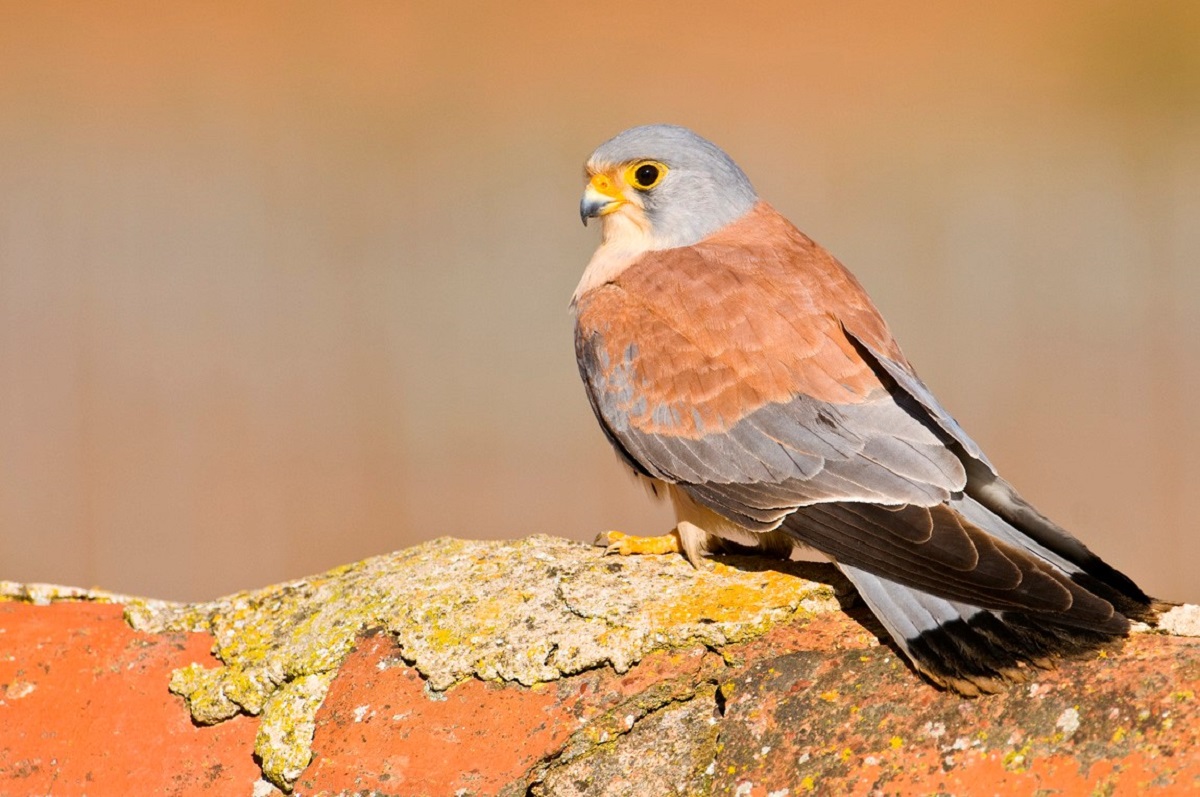
Charca Arce de Abajo ZEPA-ZEC
This wetland, which is of international importance according to Ramsar criteria, is located in the municipal district of Brozas. Its waters attract important populations of aquatic birds, among which stand out the postnuptial concentrations of black stork.
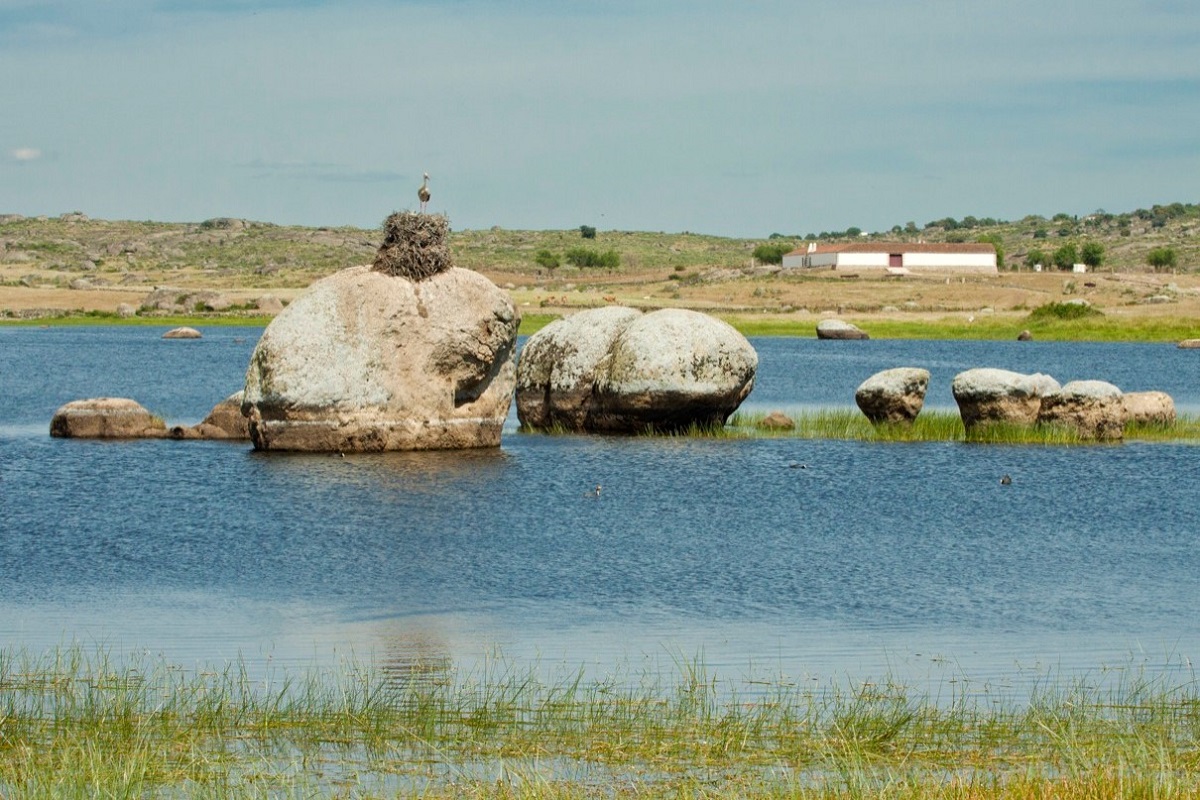
The kings of the sky at Tajo Internacional
Imperial eagle
The Spanish imperial eagle (Aquila adalberti), one of the species in danger of extinction, has here its favourite haunt. Indeed the number of breeding pairs has begun to increase, although the bird continues to be vulnerable.
Black vulture
With its imposing flight and a wingspan of over two metres, the black vulture (Aegypius monachus) rides the winds of the skies of this Biosphere Reserve.
Griffon vulture
The presence of the griffon vulture (Gyps fulvus) in the nature reserve is noteworthy. It generally nests and flies over the crags near the Tajo on both sides of the border.
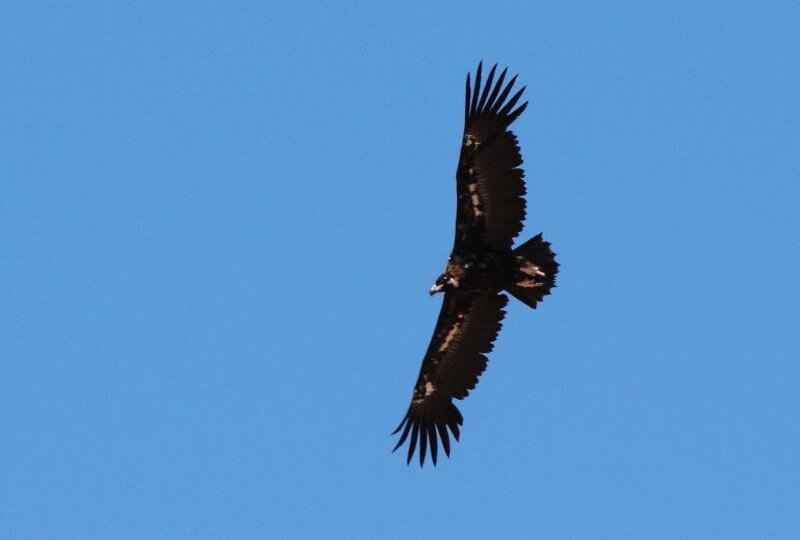
Black stork
It is almost impossible not to come across a white stork (Ciconia ciconia) in Extremadura as the bird nests on churches, houses, trees, towers… but observing its close relative the elusive black stork (Ciconia nigra) has become almost an impossible task. At Tajo Internacional we always find it near the water.
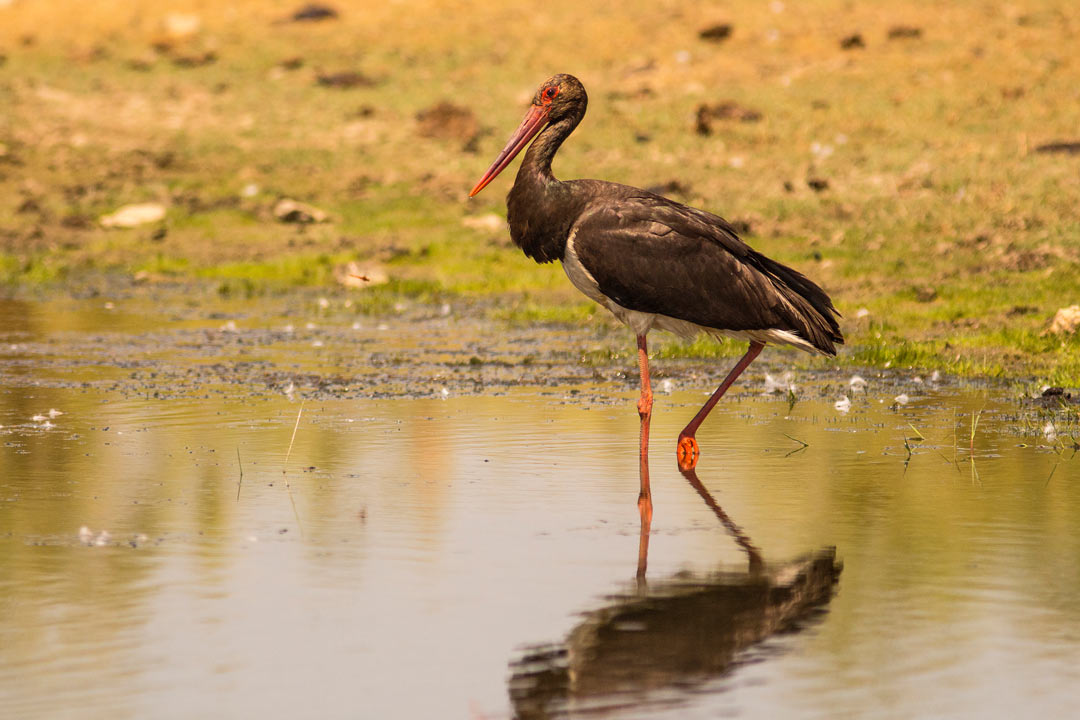
Egyptian vulture
The Egyptian vulture (Neophron percnopterus) is one of the best species to spot in this territory because it is particularly photogenic. Its white plumage, its dishevelled head, and its yellow face make it very unusual. This scavenger migrates to Africa to return to Tajo Internacional in spring to nest in cavities in the crags.
